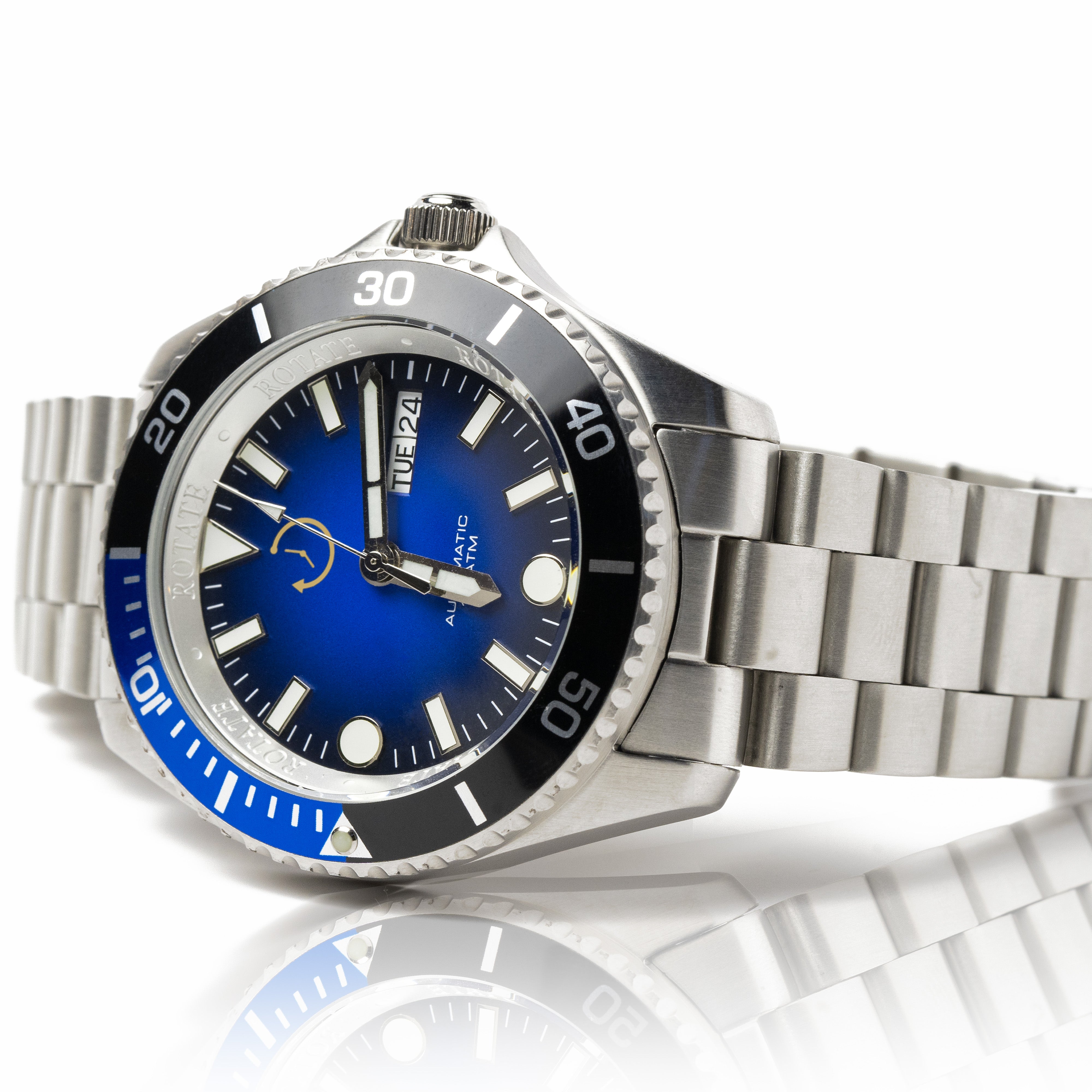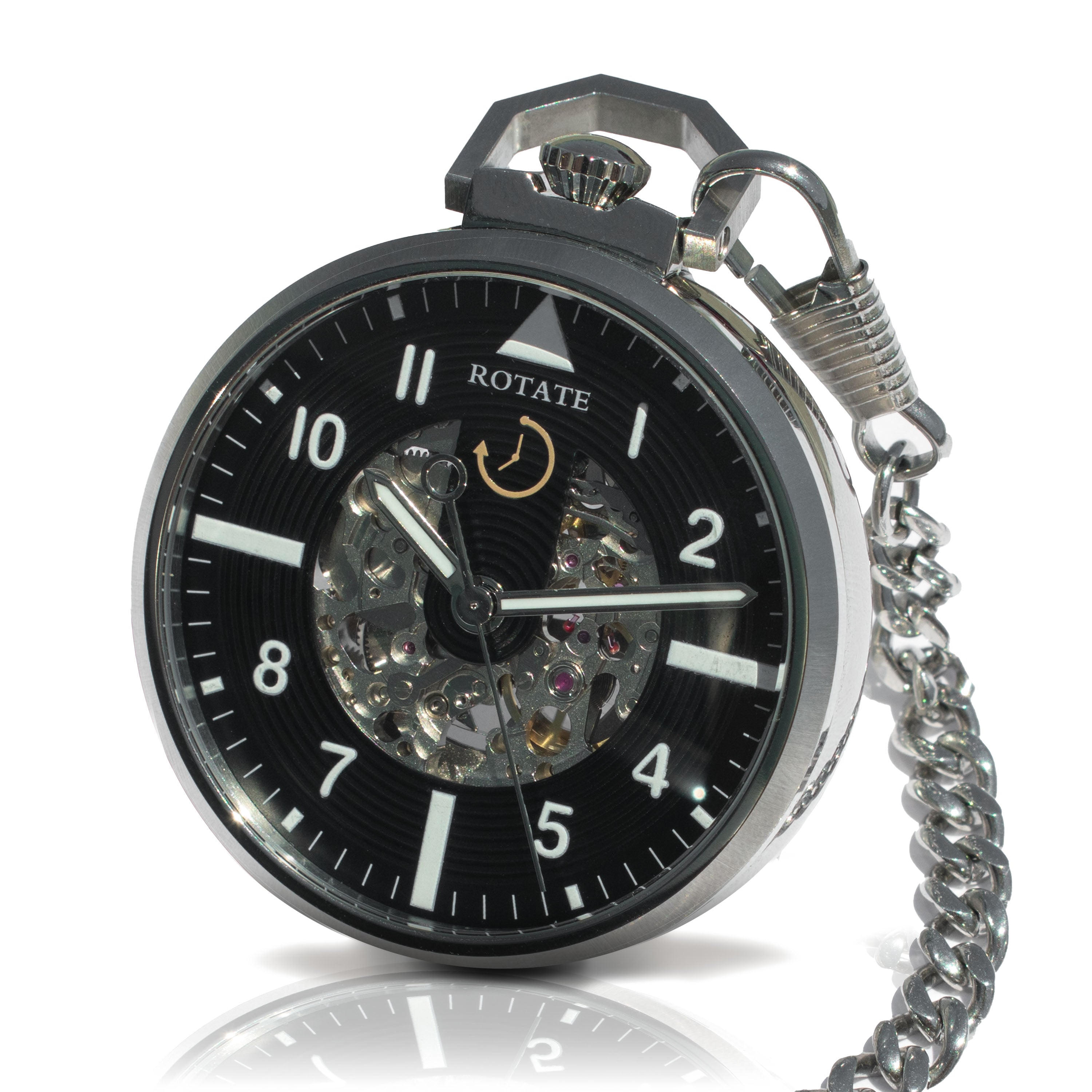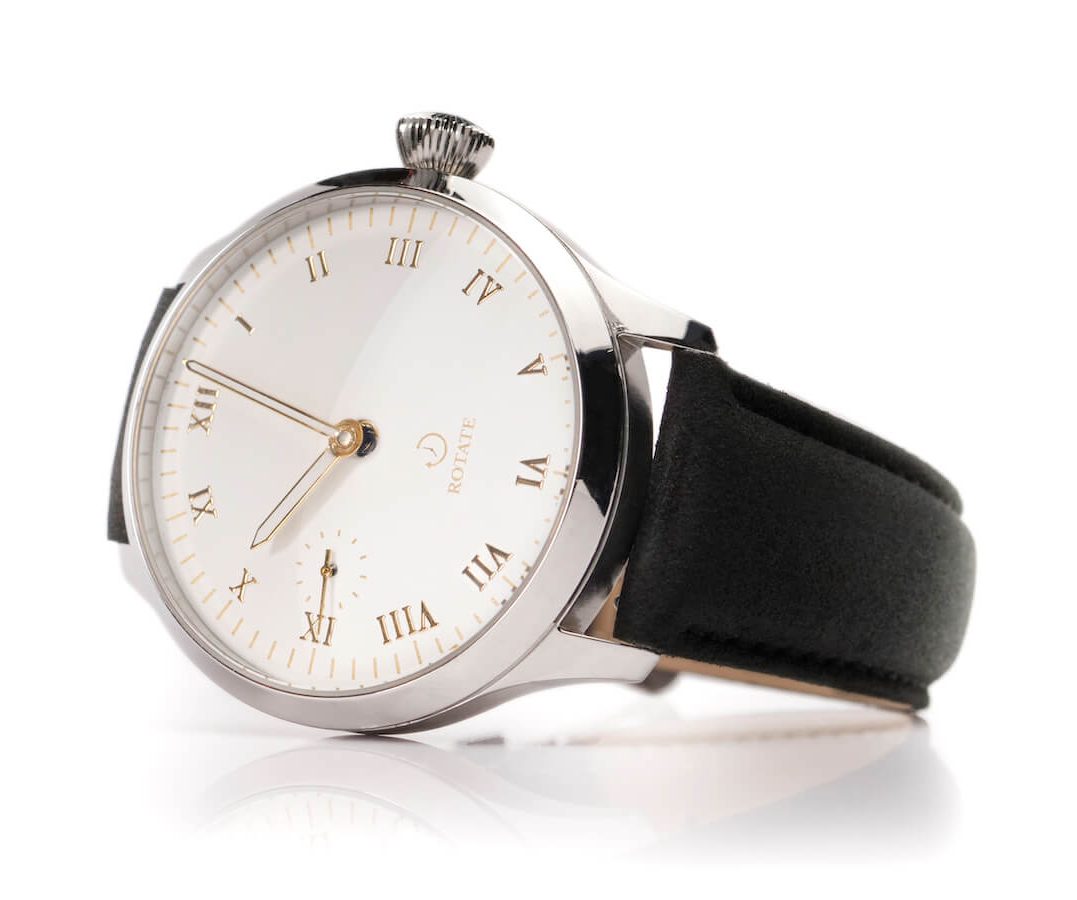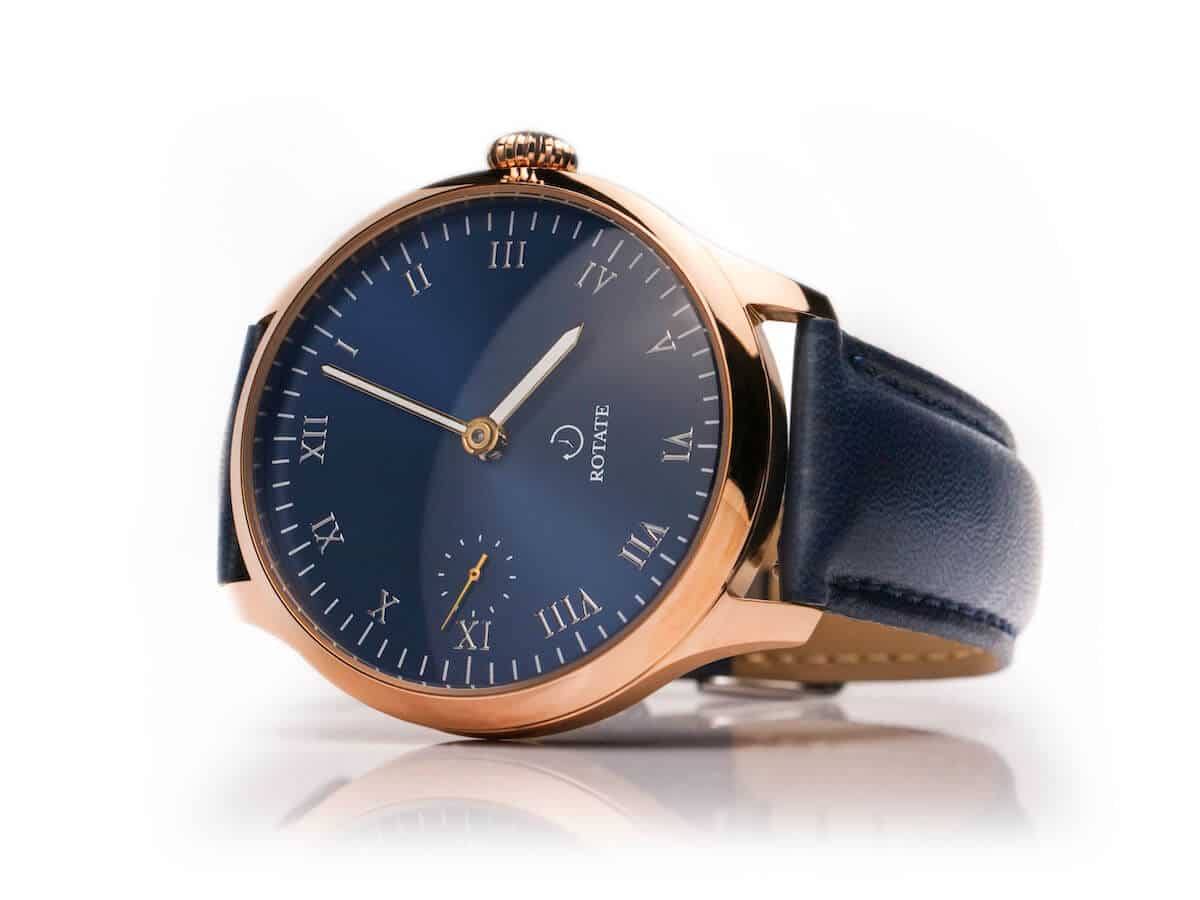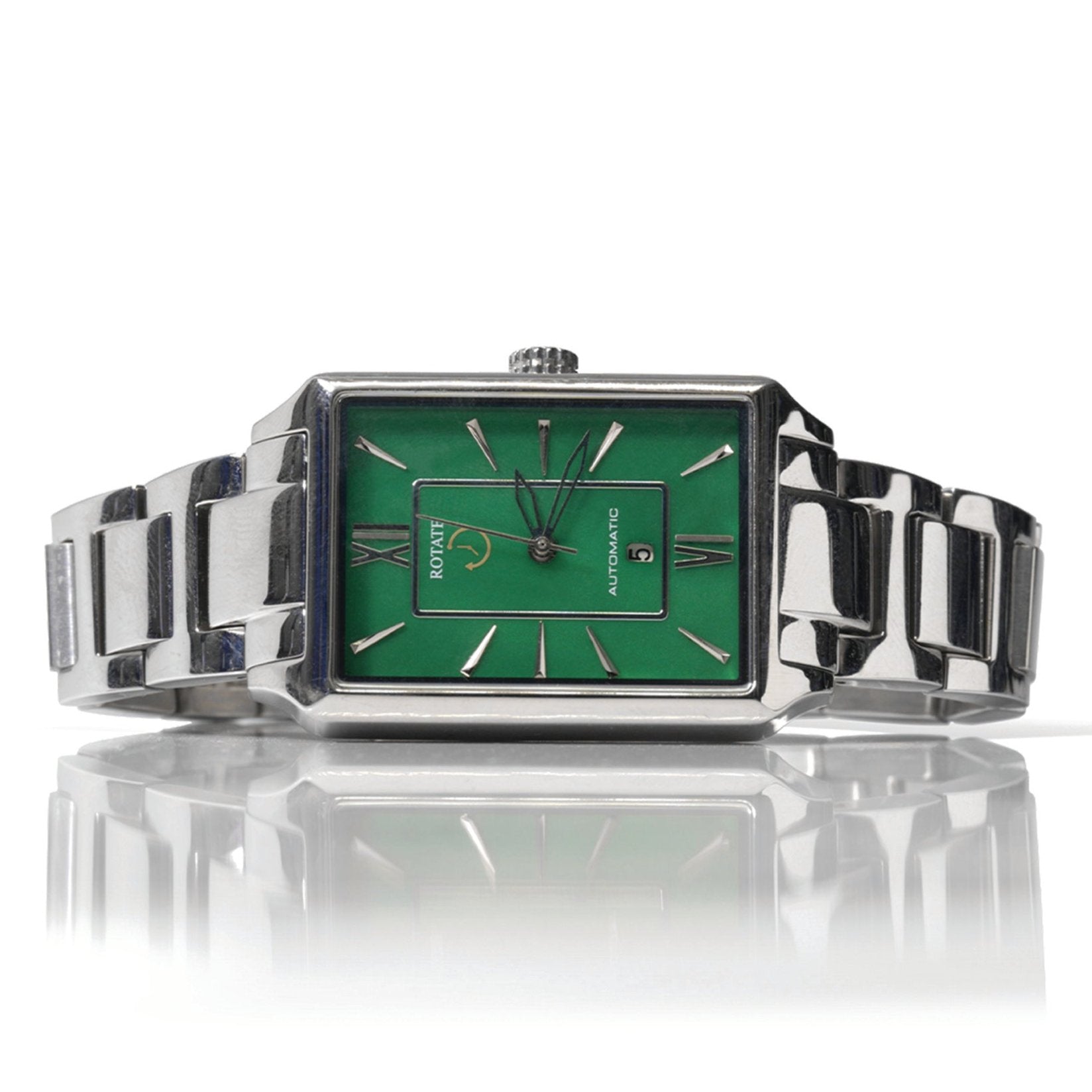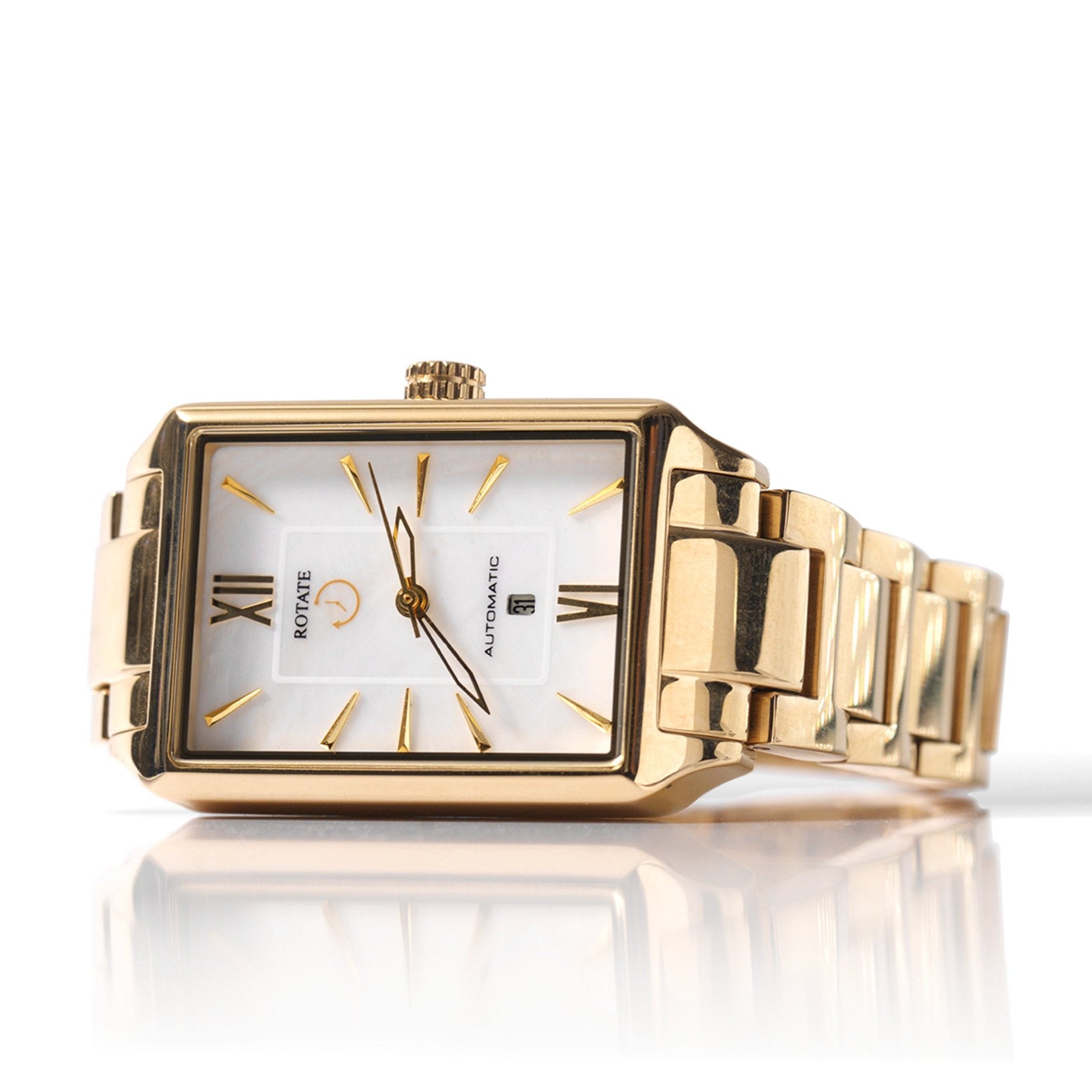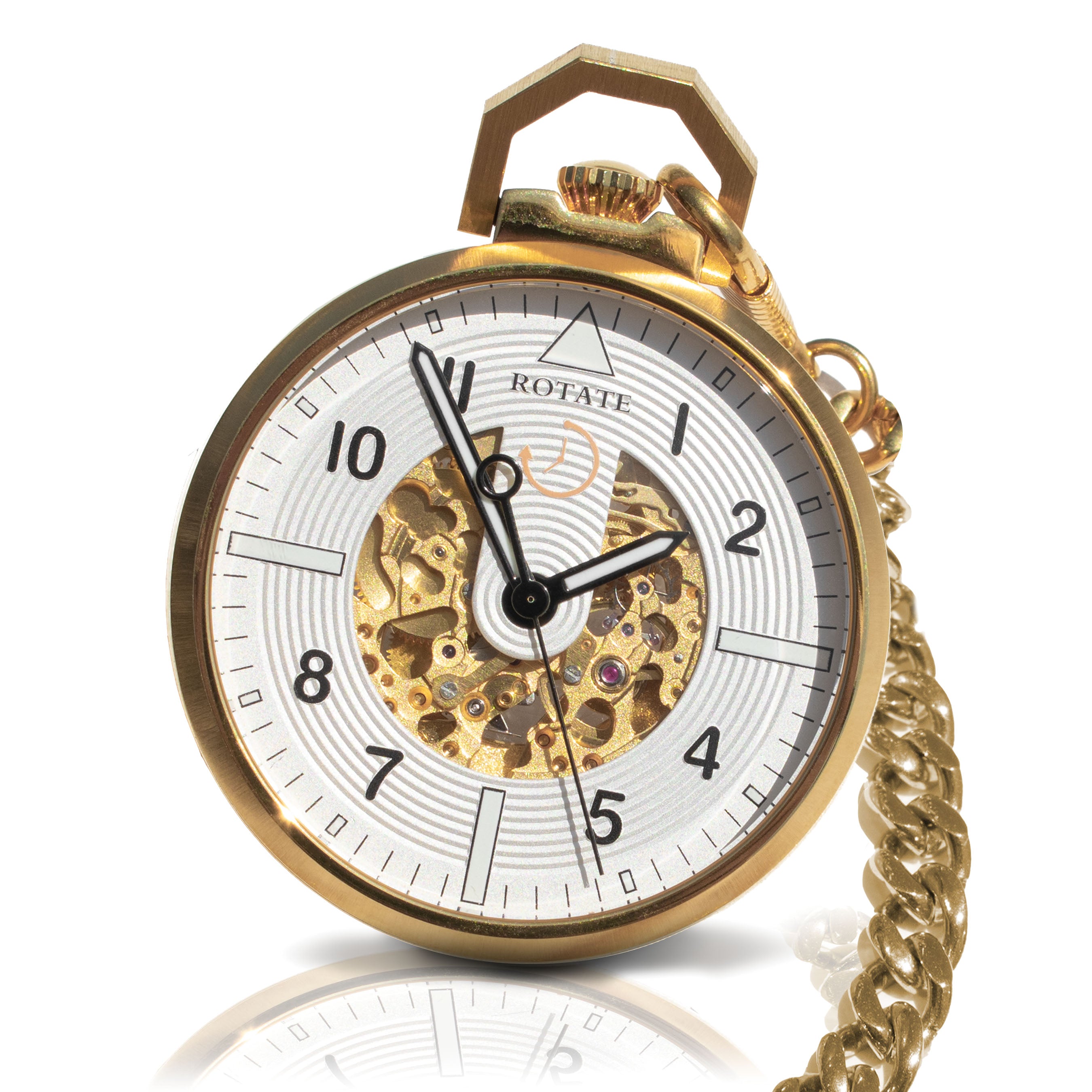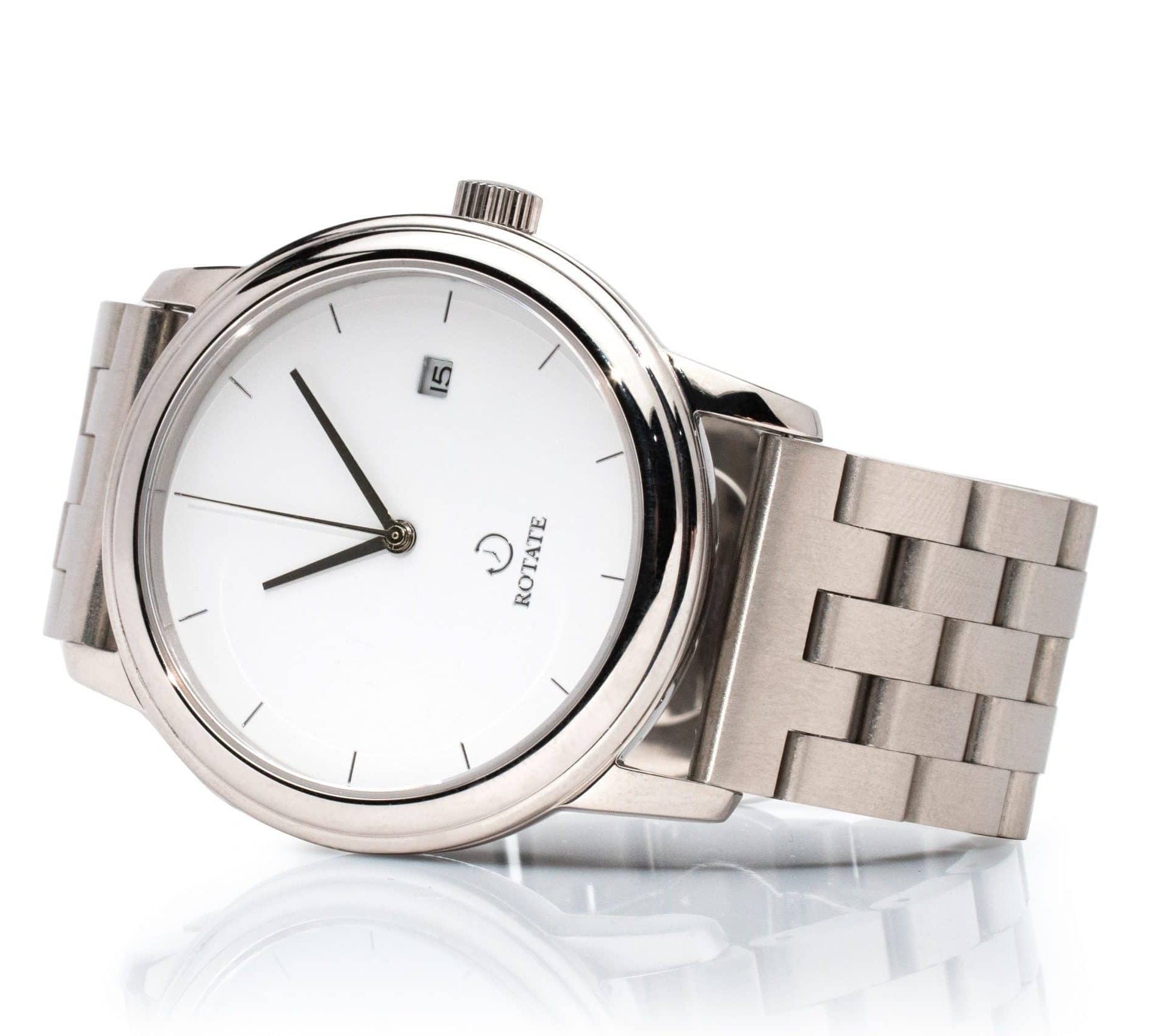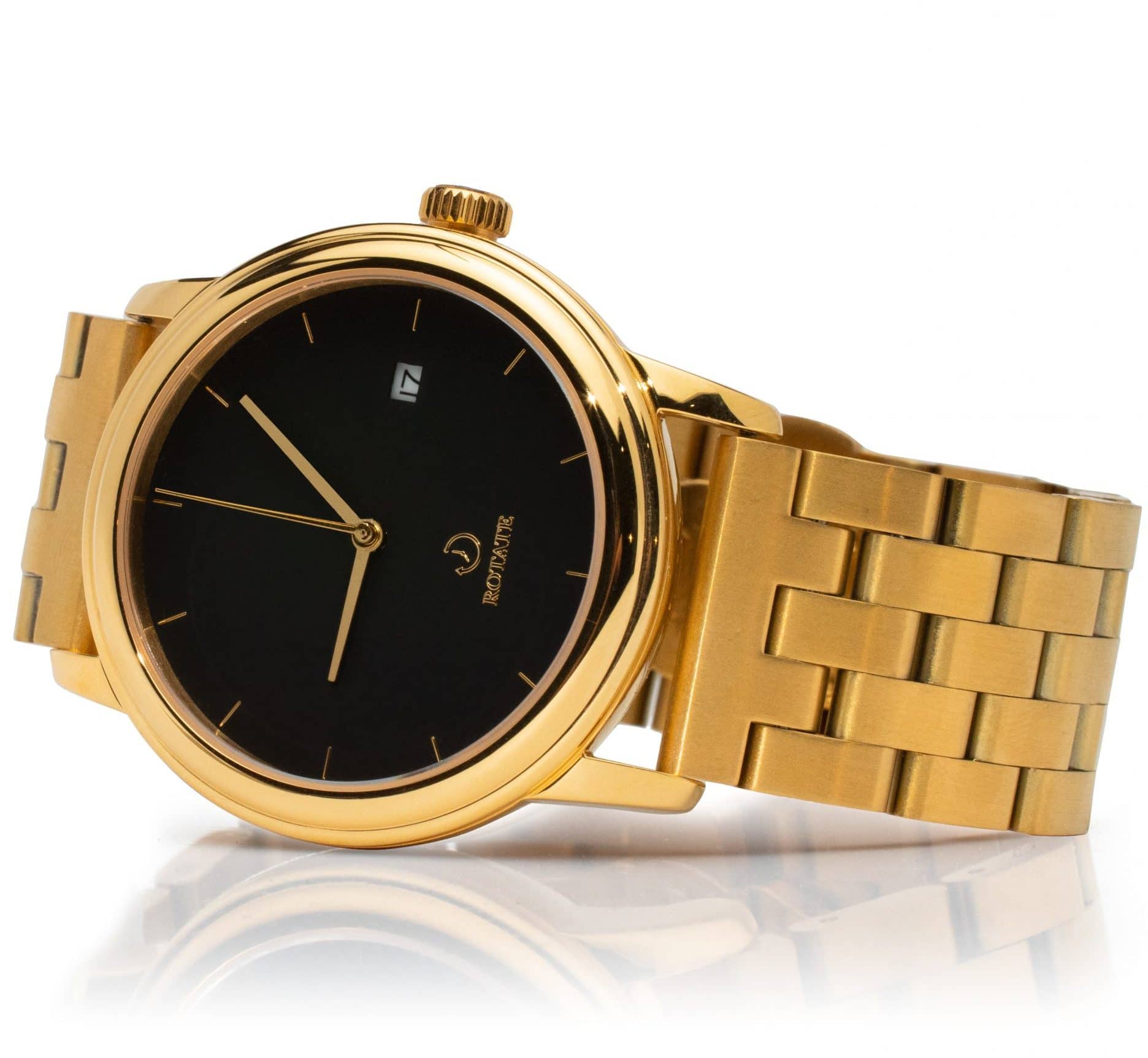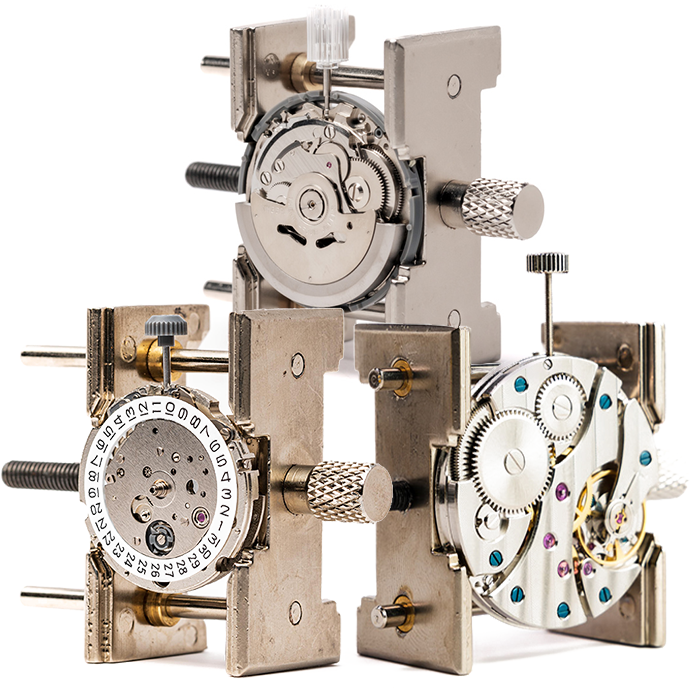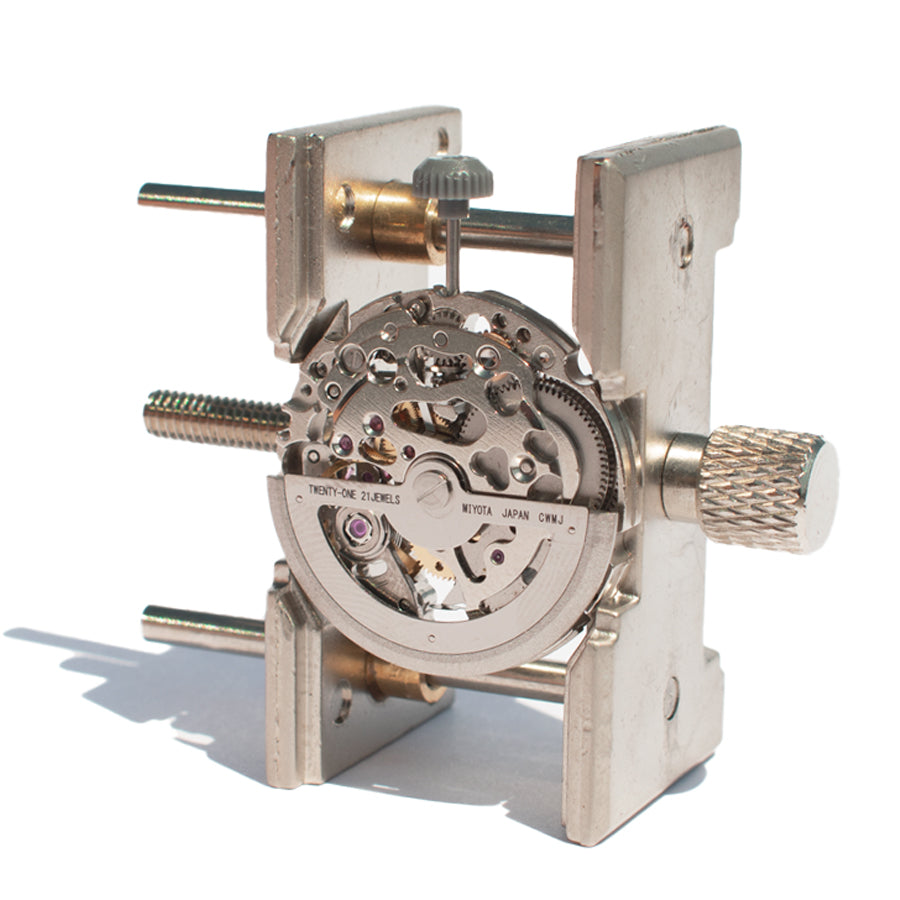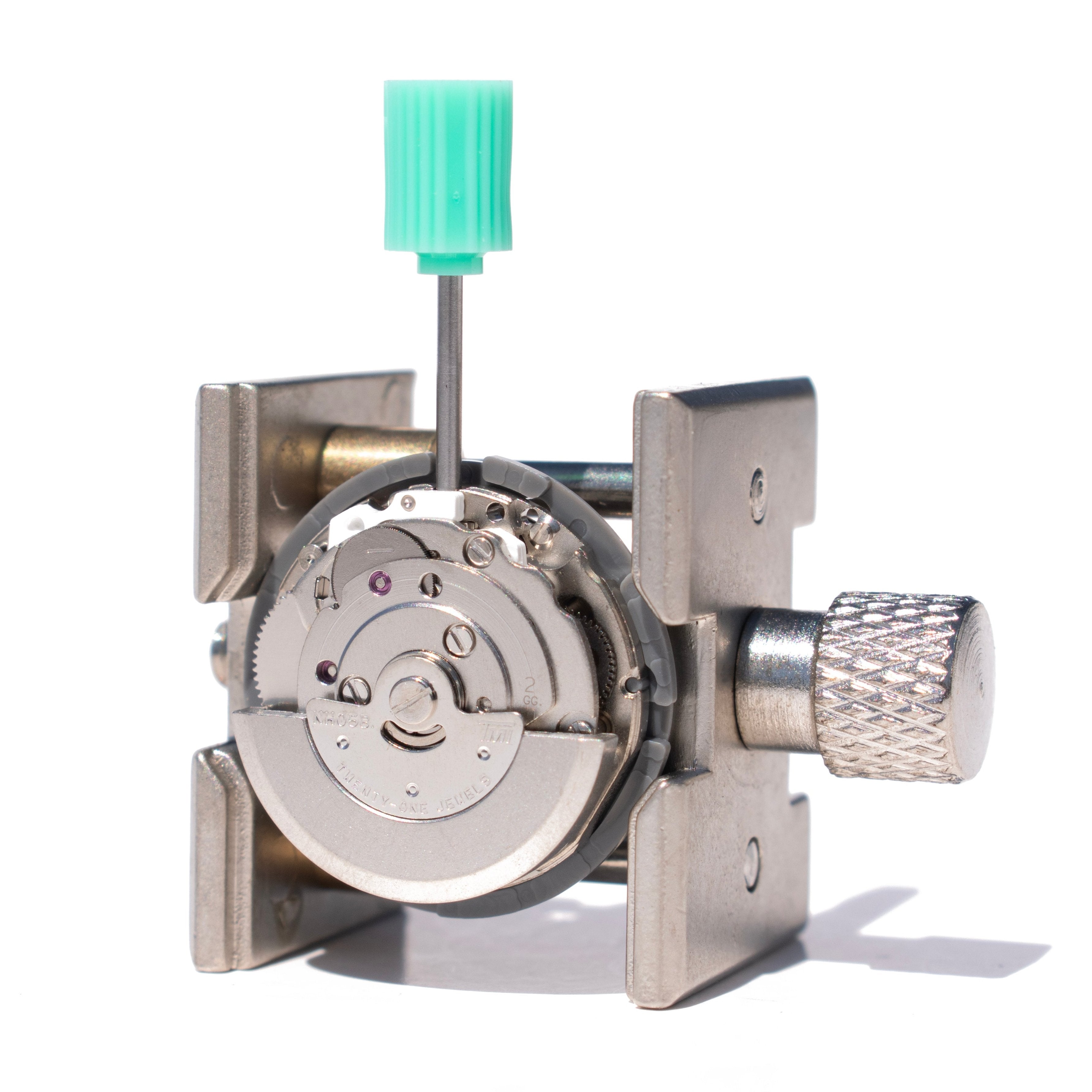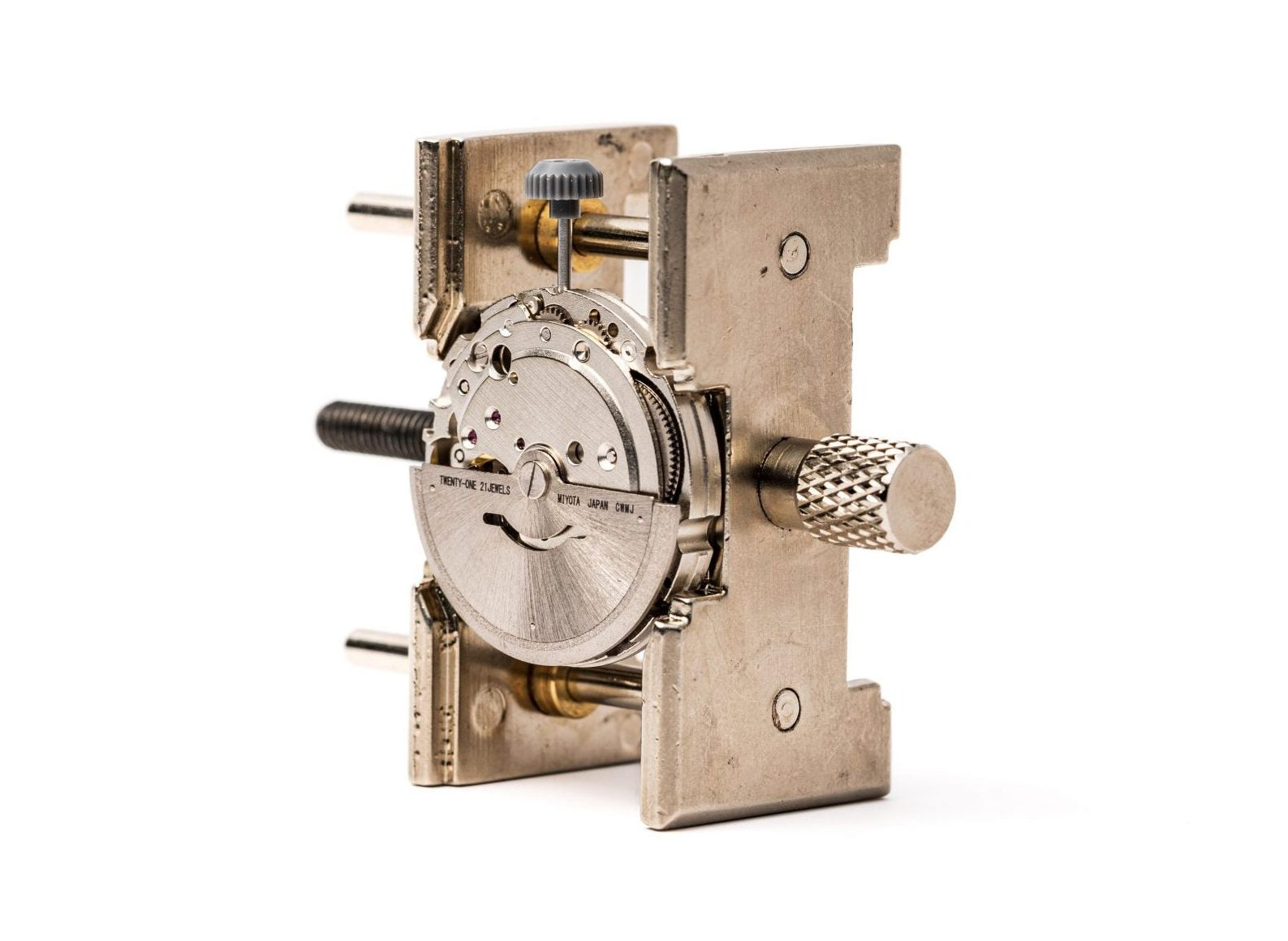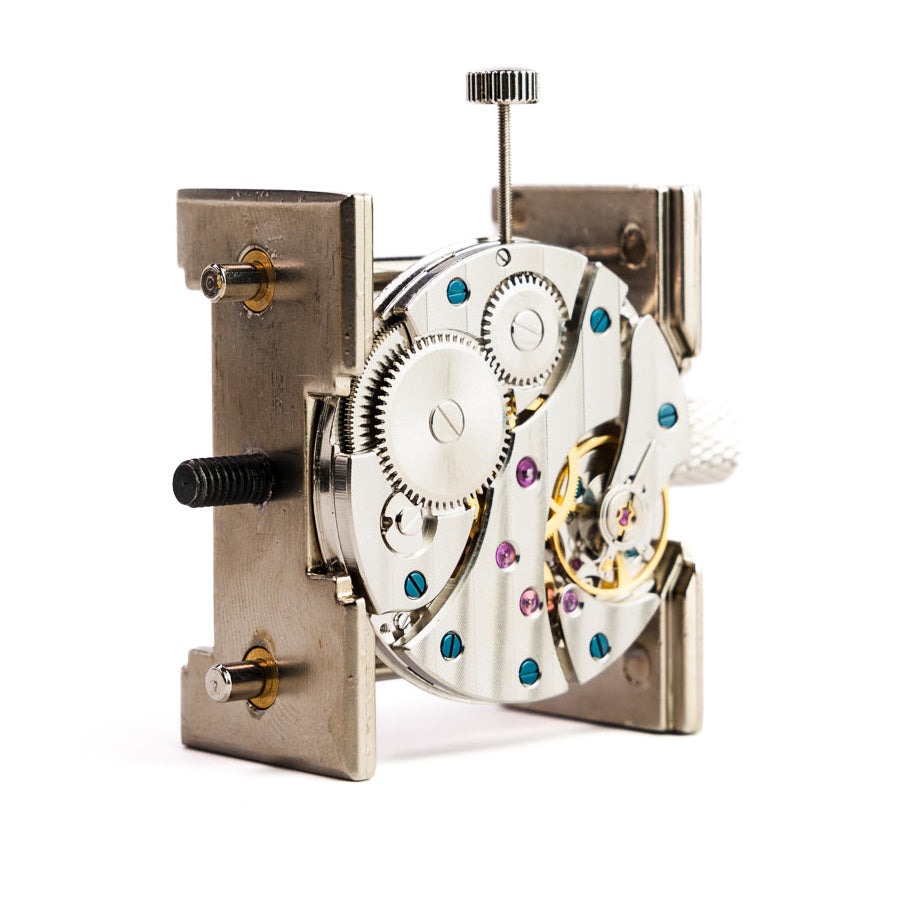
How to Become a Watchmaker: Beginner's Guide for 2026
Building a career or hobby in horology starts with understanding the practical steps required to develop genuine watchmaking skills. The path to becoming a watchmaker in 2026 combines self-directed practice, structured learning, and hands-on experience with mechanical movements.
#1 Build Your Foundation with Self-Guided Practice
Start with Essential Tools
Your workspace needs precision instruments before touching any timepiece. Basic tools include quality screwdrivers, fine-tipped tweezers, and proper lighting.
A quality loupe magnifier remains fundamental for examining tiny components. Without magnification, identifying parts or spotting damage becomes nearly impossible.
Choose Practice Movements Wisely
Watchmaking for beginners requires starting with larger, simpler movements. The Seagull st3600 or Seiko NH36 offer excellent learning platforms with accessible components.
Practice complete disassembly and reassembly repeatedly. Taking detailed photos at each step creates reference guides for future work. Understanding mechanical watch basics through repetition builds muscle memory and confidence.
Master Component Recognition
Learn watchmaking fundamentals through understanding each part's function. Study balance wheels, escapements, mainsprings, and gear trains before attempting repairs.
Reading about the anatomy of a watch helps contextualize what you see through the loupe. Theoretical knowledge combined with physical practice accelerates skill development.
#2 Develop Core Technical Skills
Practice Precision Handling
Every component requires delicate touch and controlled movements. Tweezers must grip without crushing, screwdrivers must turn without stripping.
Working deep on your bench prevents lost parts. A single dropped screw can disappear permanently, teaching expensive lessons about workspace organization.
Build Cleaning and Maintenance Expertise
Movement servicing requires more than assembly knowledge. Proper cleaning techniques, lubrication points, and timing adjustments separate hobbyists from professionals.
Understanding Japanese watch movements provides insight into modern manufacturing standards and quality benchmarks that define contemporary horology.
#3 Invest in Structured Learning
Evaluate Watchmaking School Options
Formal education provides comprehensive curriculum covering electronic, automatic, and chronograph mechanisms. Programs typically span 2-3 years with industry-standard equipment access.
Schools like Lititz Watch Technicum and North Seattle Community College offer recognized credentials. Location and tuition represent significant commitments requiring careful consideration.
Consider Apprenticeship Alternatives
One-on-one training with experienced watchmakers offers personalized instruction and real-world experience. Finding willing mentors proves challenging, and many apprenticeships remain unpaid.
Apprenticeships excel at teaching common repairs quickly but may lack breadth of formal programs. Career goals should guide your training path selection.
#4 Practice with DIY Movement Kits
Start with Complete Educational Kits
Modern watchmaking for beginners benefits from structured DIY movement kits that guide learning watchmaking fundamentals systematically. Complete kits include tools, components, and detailed instructions.
Movement kits starting at $140 provide hands-on experience with the same quality components found in finished timepieces. Working through Seiko NH36 movement disassembly and assembly builds confidence before investing in formal education.
Progress Through Difficulty Levels
Beginning with easier movements and advancing to complex mechanisms mirrors professional training progression. Each successfully completed movement reinforces techniques and reveals areas needing improvement.
Complete watch kits range from easy to hard difficulty, allowing gradual skill development. Starting your new year watchmaking resolutions with achievable projects maintains motivation through early learning stages.
#5 Pursue Professional Certification
Target Recognized Credentials
American Watchmakers-Clockmakers Institute (AWCI) certification validates your skills to potential employers. The CW21 exam tests practical abilities and theoretical knowledge.
Certification significantly improves job prospects and earning potential. Many employers require credentials before hiring junior watchmakers.
Specialize in Your Interest Area
Career paths include independent repair shops, manufacturer service centers, or luxury brand boutiques. Each specialization requires different skill emphases and additional training.
Luxury brands often provide intensive, brand-specific training after hiring certified watchmakers. Specialization decisions can wait until after foundational skills solidify.
#6 Commit to Continuous Learning
Stay Current with Industry Evolution
New movements, materials, and techniques emerge regularly. Professional watchmakers dedicate time to ongoing education throughout their careers.
Online communities, trade publications, and advanced courses keep skills relevant. Watchmaking skills require maintenance just like the timepieces themselves.
Network Within the Community
Fellow watchmakers provide support, advice, and opportunities. Industry connections often lead to job offers, mentorships, and collaborative learning.
Attending trade shows and joining professional organizations builds relationships that sustain long-term careers in horology.
Start your watchmaking journey with Rotate Watches, where complete DIY kits transform curiosity into craftsmanship.
Browse our collection from beginner-friendly watch kits to intricate movement kits designed for hands-on learning.
FAQs
What tools do I need to start learning watchmaking?
Essential watchmaking tools include precision screwdrivers, fine-tipped tweezers, a loupe magnifier, movement holders, and proper lighting. Basic starter sets cost $100-200.
How long does it take to become a watchmaker?
Becoming a watchmaker typically requires 2-3 years of formal training or 3-5 years through apprenticeship, plus 1-2 years developing specialized skills for career advancement.
Can I learn watchmaking without attending school?
Yes, self-taught watchmaking for beginners succeeds through practice movements, DIY kits, online resources, and books, though formal credentials improve professional opportunities significantly.
What movement should beginners start with?
Beginners should start watchmaking practice with larger movements like the Seiko NH36 or Seagull st3600, which feature accessible components and forgiving tolerances for learning fundamental techniques.
How much do watchmaking schools cost?
Accredited watchmaking programs range from $10,000-40,000 for complete courses, varying by institution, location, and program length. Financial aid options exist at many schools.
Is watchmaking a good career in 2026?
Watchmaking careers offer steady demand, especially for luxury timepiece servicing and restoration. Certified watchmakers earn competitive salaries with opportunities for specialization and advancement.


